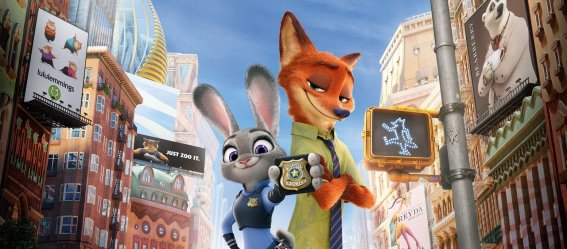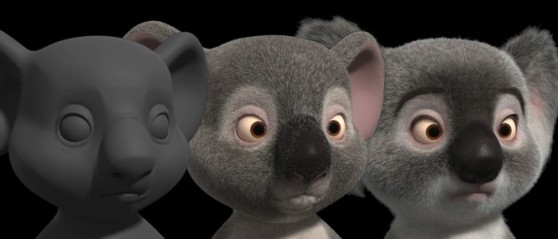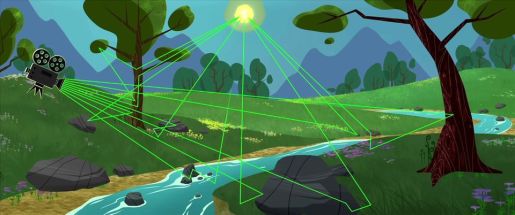In this blog post, I will write about Disney’s recently released animation Zootopia that featured groundbreaking innovations in terms of fur modeling technologies.

Since the release of Bolt eight years ago, Disney has not worked on a furry character in the lead role..until this year, when the major animation studio released Zootopia which consists of 800,000 character models of animals of 64 different species. To achieve the spectacular result, Disney’s engineering team developed a new brush based animation tool for controlling and styling fur called iGroom (17 interesting facts about the Disney movie Zootopia, 2015). According to senior software engineer David Aguilar, the plushness effect of the fur was achieved by creating “an imaginary layer with under-coding so the animators could change the thickness and achieve the illusion of having that layer to create the density of fur.” (Lalwani, 2016)

(B, 2016)
Although the characters are anthropomorphic animals, the aim was to make them as realistic as possible and preserve the natural mannerisms of each animal. The team spent eight months studying the movements and behaviors of wild animals and nine months were spent to develop the shader. Another technology used to achieve the realistic result was path tracing to imitate how light bounces off the hairs in real life as it predicts how the light will move through space depending on its origin (Lussier, 2016). A notable example of the team’s dedication to realism is the polar bear’s fur. In nature, polar bear hair follicles are actually transparent and the white color comes from the reflection of light and this is the same way how the hairs were created in the animation(Doty, 2015).
Another recent innovation utilized in Zootopia is the Hyperion renderer, initially developed for Big Hero 6. This renderer, developed by Disney over the course of two years, sorts rays according to their directions and optimists the rendering process, whereas in the traditional path tracing render, the light bounces around unpredictably(Amidi and Articles, 2015). This replicates natural light and produces photorealistic shots. It also allows the animators to get an idea of what a scene will look like as soon as the scene and cameras are set up.

Hyperion renderer principle (Jason, 2015)
References
